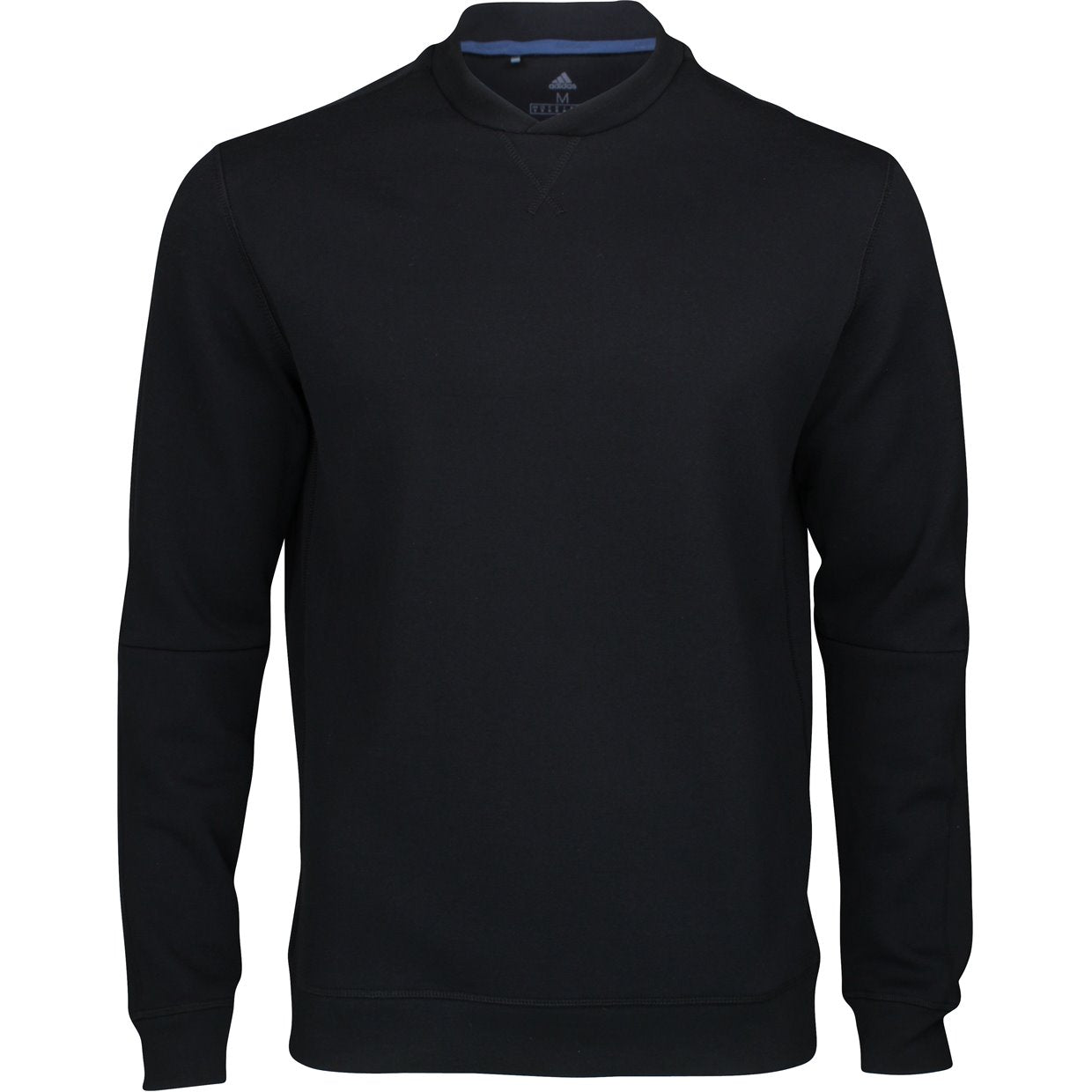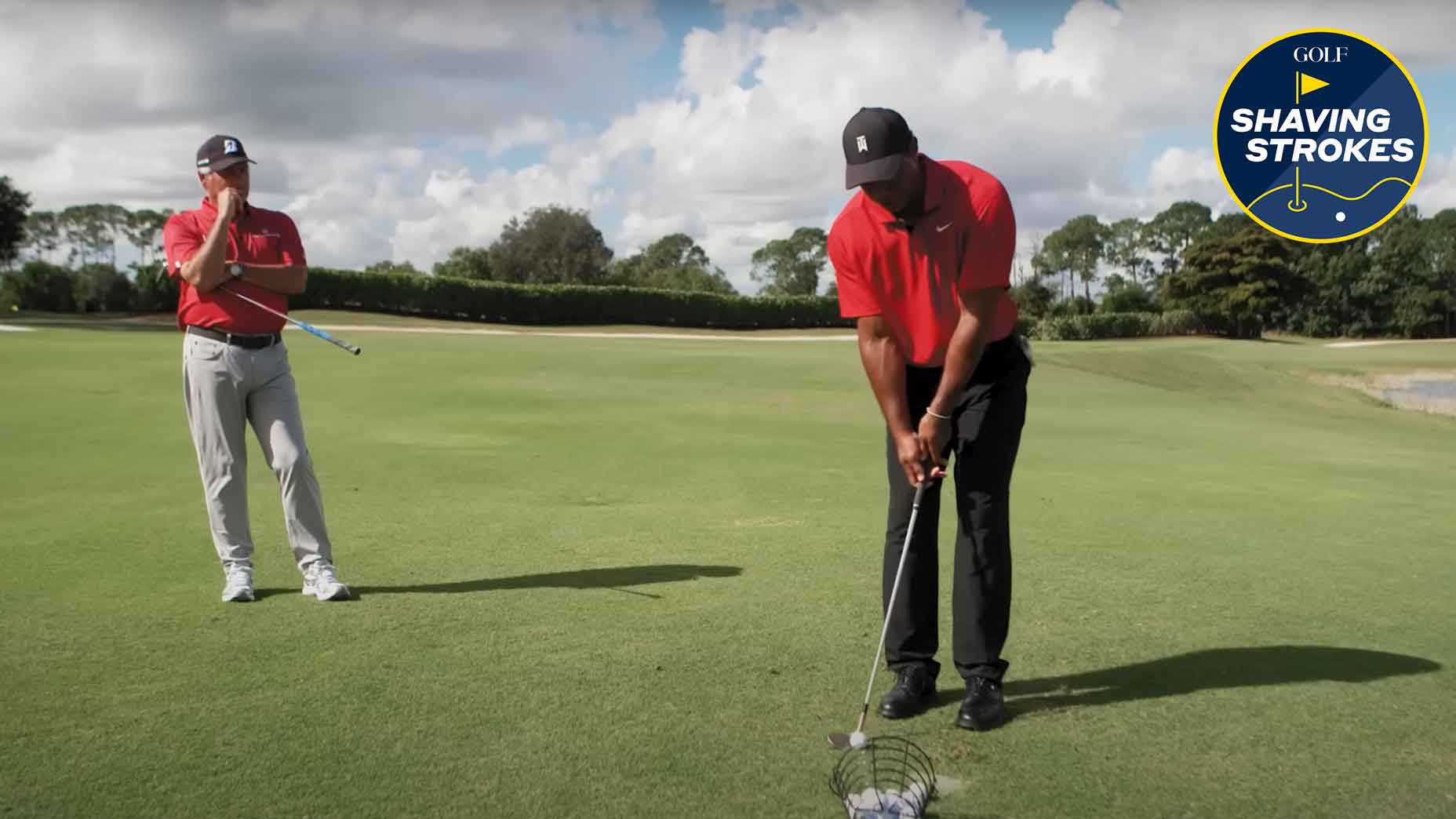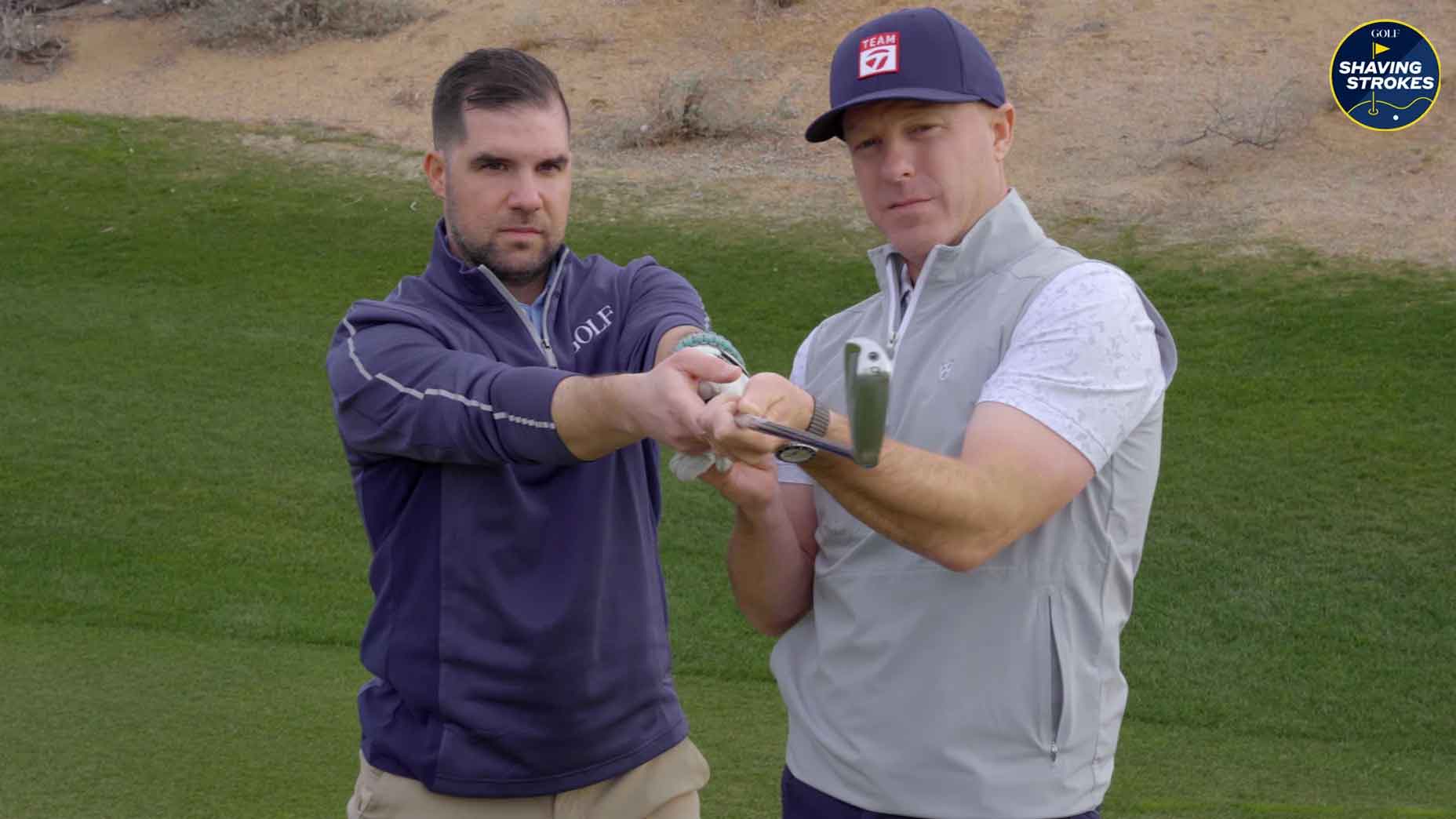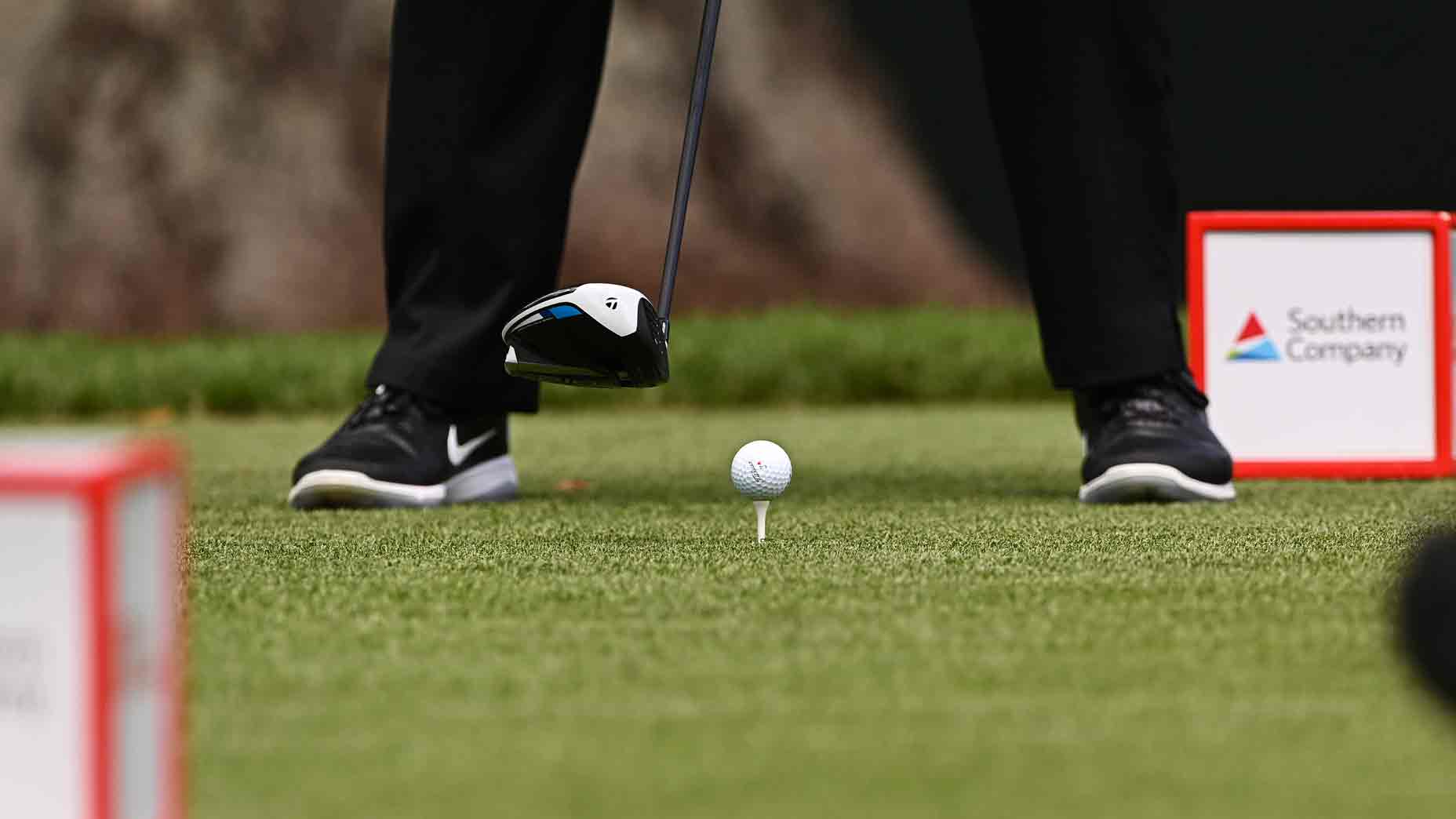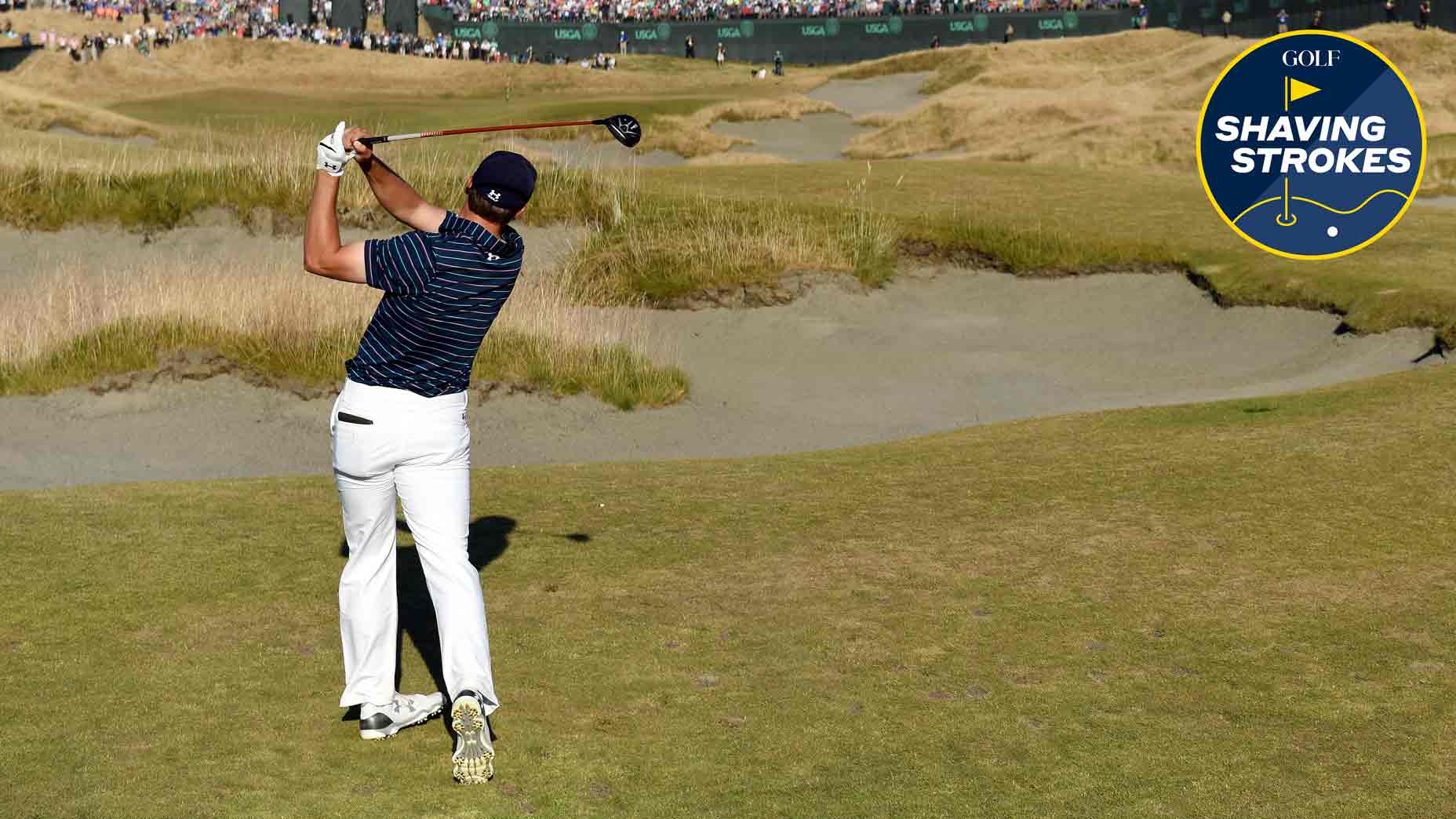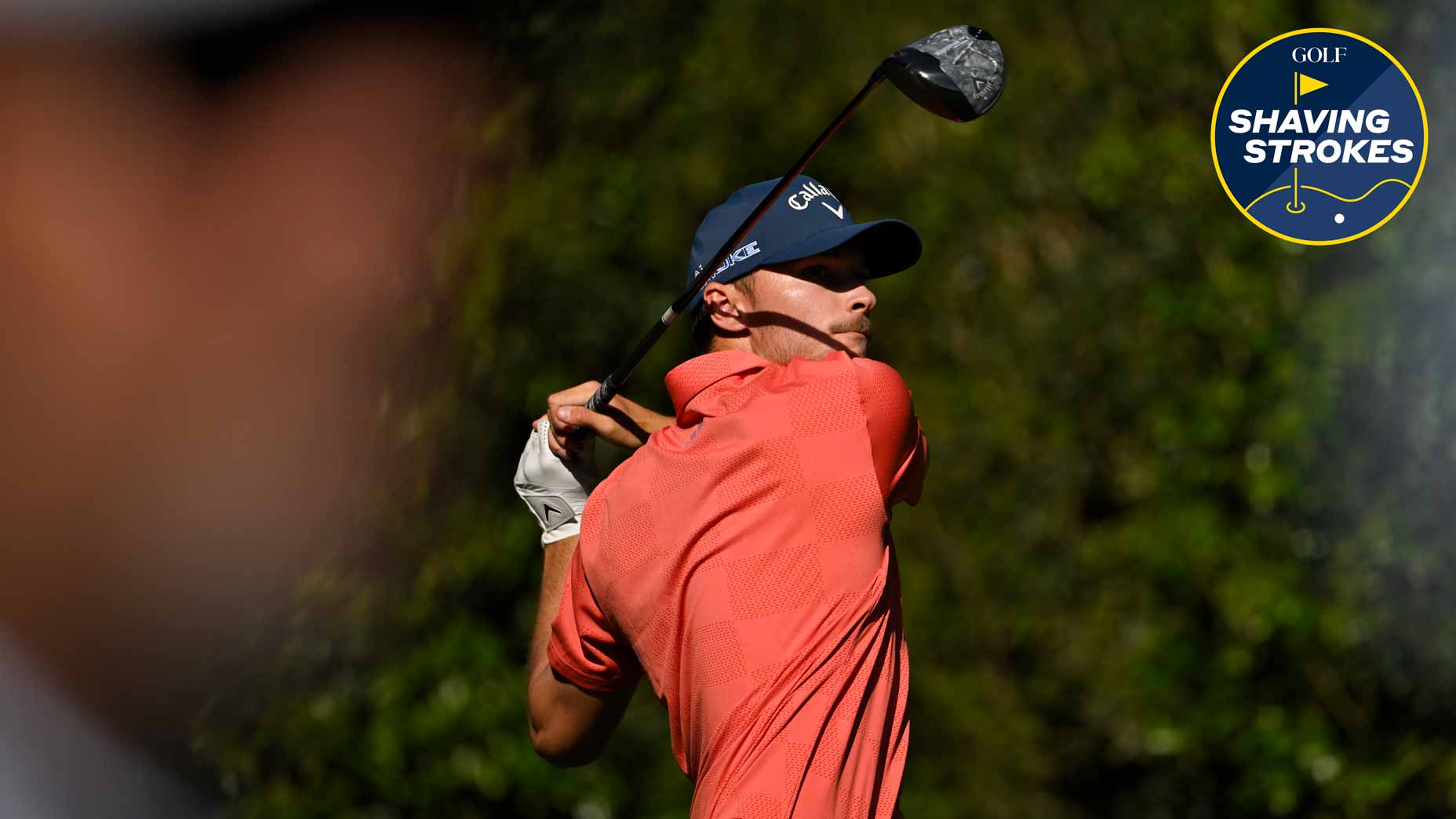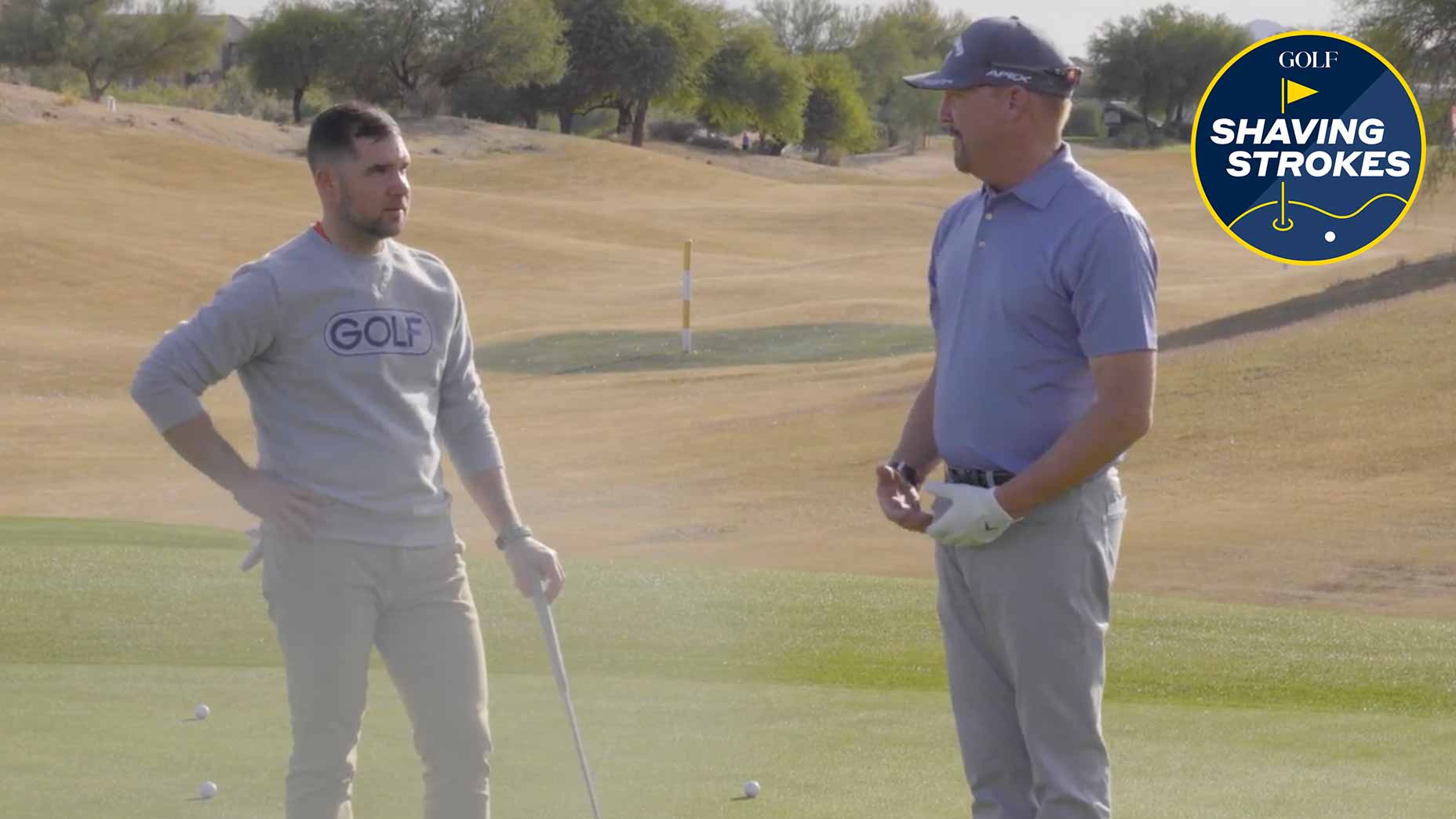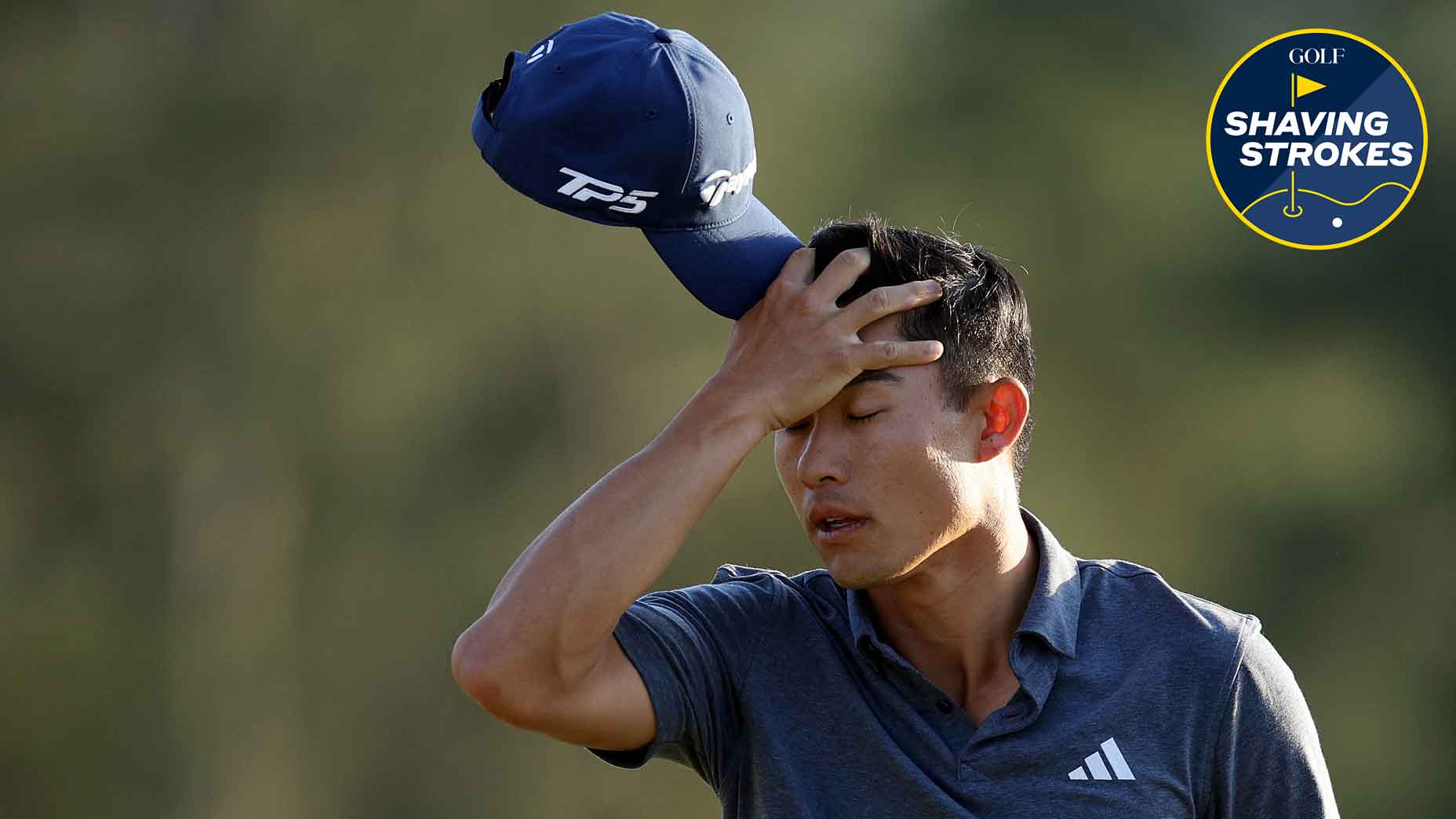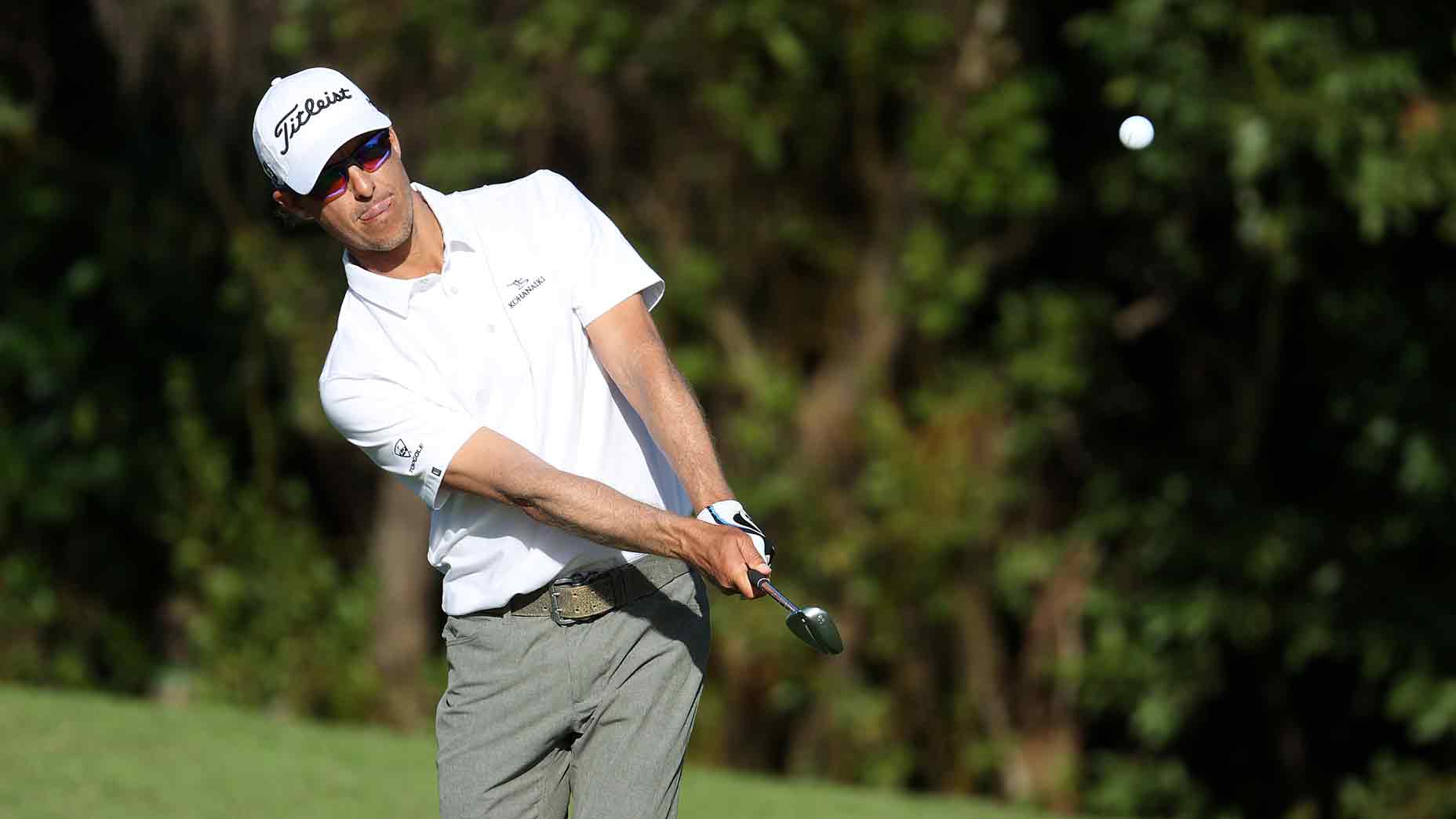Top 100 Teacher: This is how to improve without overhauling your game

You don't need to hit the ball like a pro in order to play great golf, says GOLF Top 100 Teacher Jason Carbone.
Getty Images
A few months ago, at the Northern Trust, I followed journeyman Ryan Armour for a few holes during his practice round. I was struck that the golfer in front of me was a PGA Tour winner, a member of the best group of golfers on the planet with almost $5 million in career earnings, yet you probably know a number of golfers at your local club who drive the ball further than him. In an era of ever-increasing drives, how is that possible?
So I called up Armour’s coach Jason Carbone, a GOLF Top 100 Teacher and the Director of Instruction at Woodland Country Club. Much of Armour’s formula, he explained, relies on good old fashioned common sense, and is something us recreational golfers can learn from without overhauling our game …
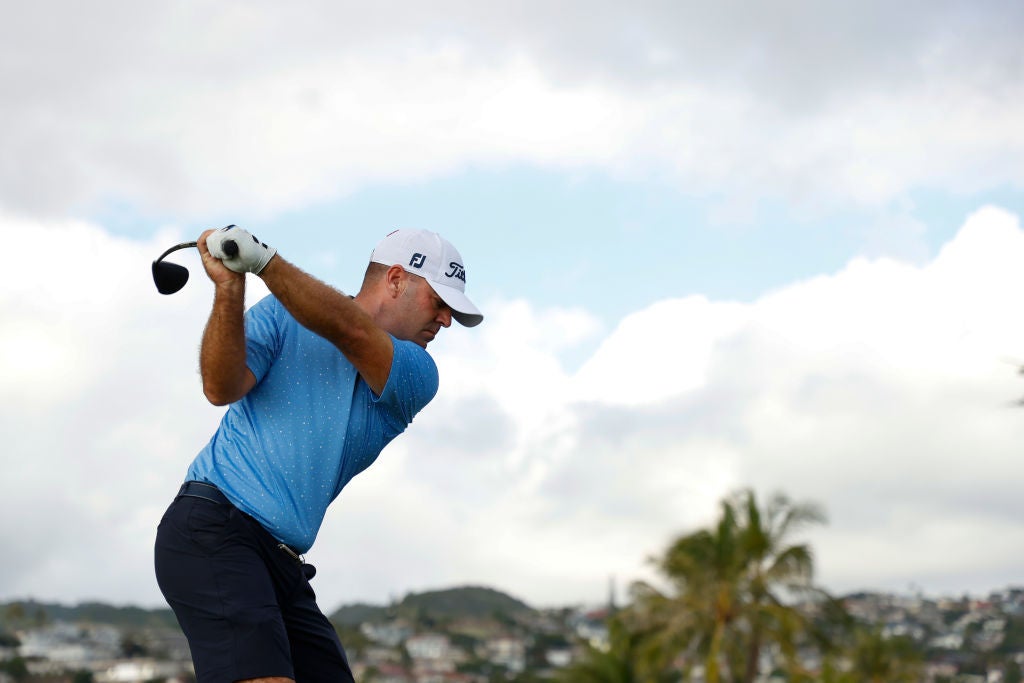
1. Know your strengths and weaknesses
The bedrock of Armour’s approach, Carbone explains, is understanding your strengths and weaknesses. While he’s always trying to improve, he also knows that he’s not going become a Bryson-style bomber overnight. Understanding what you can’t do helps him focus what he does well, and improve both.
“The reason he has been able to contended at certain events each year, and even won on Tour, is because he has a very accurate understanding of his strengths and weaknesses,” Carbone says. “This allows him to correctly structure his practice sessions, and to know how he can and can’t attack each golf course. He can delegate time to working on his weaknesses, while still gearing up to play golf using his strengths.”
So take a good hard look at your game. Do you struggle for distance but hit the ball pretty straight? Are you a good chipper? Do you struggle off the tee? Identify what you do well, and what you don’t.
2. Track your stats
One thing that will help you understand the good and bad areas of your game — and how to manage it — is to track your statistics. Carbone recommends GameForge Golf, BirdieFire, GolfMetrics, or our sister company Golf Logix.
“For golfers to approach the game as intelligently as the best in the world do, they would benefit greatly from a stat tracking program,” Carbone says. “These will reveal the areas that need attention and which you can use to play your best. Input some rounds and sit down with your instructor to formulate both a practice plan and on-course plan to shoot your lowest scores.”
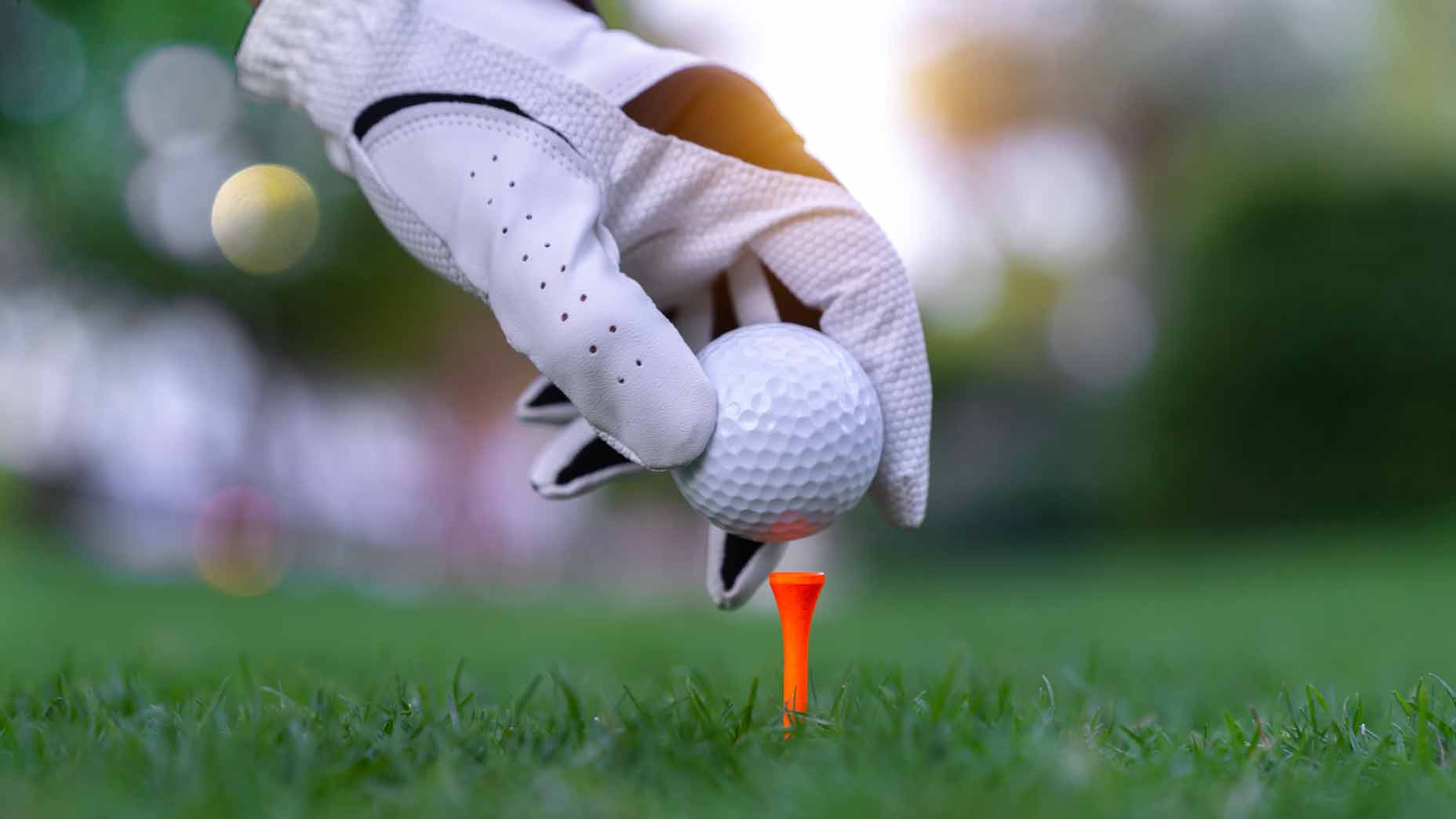
3. Learn your body’s limitations
Every golfer’s body is different. They’re strong and flexible in some areas, weaker in others. That’s why no two golf swings are the same, and it’s why Carbone recommends finding a coach to understand which areas of your body need work.
“Again, it boils down to accurately knowing yourself,” Carbone says. “Get with an instructor that can run you through a Golf BioSwing Dynamics, TPI, or another personalized movement assessment, that leaves you with a clear vision of how your should swing to maximize results and minimize the risk of injury.”
4. Get fit
Knowing what you’ve got is important, Carbone says, because once you know what you’re working with, you’ll be able to maximize it. He says a key element of this is investing in a through-the-bag clubfitting from a top-notch clubfitter, like another one of our sister companies True Spec Golf. Why? Because your improvement doesn’t start and end with your golf swing. It’s about improving every element of your game.
“If this plan is wholistic and leaves no stone unturned, a full bag and golf ball fitting will serve you well to maximize both distance and accuracy,” he says.

